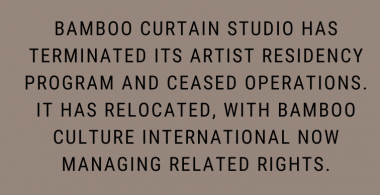“We should offer space and services for the creative minds and also invite folks from all over the world to connect with Taiwan.”
Bamboo Curtain Studio (BCS) founder Margaret Shiu.
When an organization has reached its 20s’, each moment represent different stages and seek to feedback to its core value. Bamboo Curtain Studio (BCS) is divided into four different functions as an alternative space, art intervention to society, an art factory, and an artist-in-residence. Each of these 4 categories may exist as an independent theme, but is at the same time inseparable from one another. The themes intersect conceptually and overlap on a timeline, all involving extensive research as well as hands-on practice. Currently, as an international artist-in-residence, we are not only focusing both on how to create space and resources to support creative talent, but also specific paths forward environmental issues.
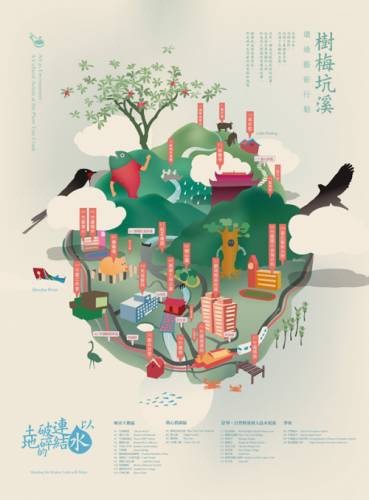
In 2010, senior curator, Mali Wu, invited us to participate "Art as Environment -- A Cultural Action at Plum Tree Creek". It was the turning point for BCS to create a specific path on environment issues up to now. It involves community engagement, participatory projects, and cross-disciplined collaboration. Before that time, it was considered as a breakthrough methodology. The project aims to collaborate with local groups, professionals and creative talents from different fields to examine how the arts can be an effective tool for intervention on environmental issues. It has created enormous dialogues instead of creating physical art pieces. Through this project, we are able to bring participants to revisit their neighborhood and address the value through history, life experience, land, and its special environment. Till now, it is still an on-going project.
About Bamboo Curtain Studio (BCS)
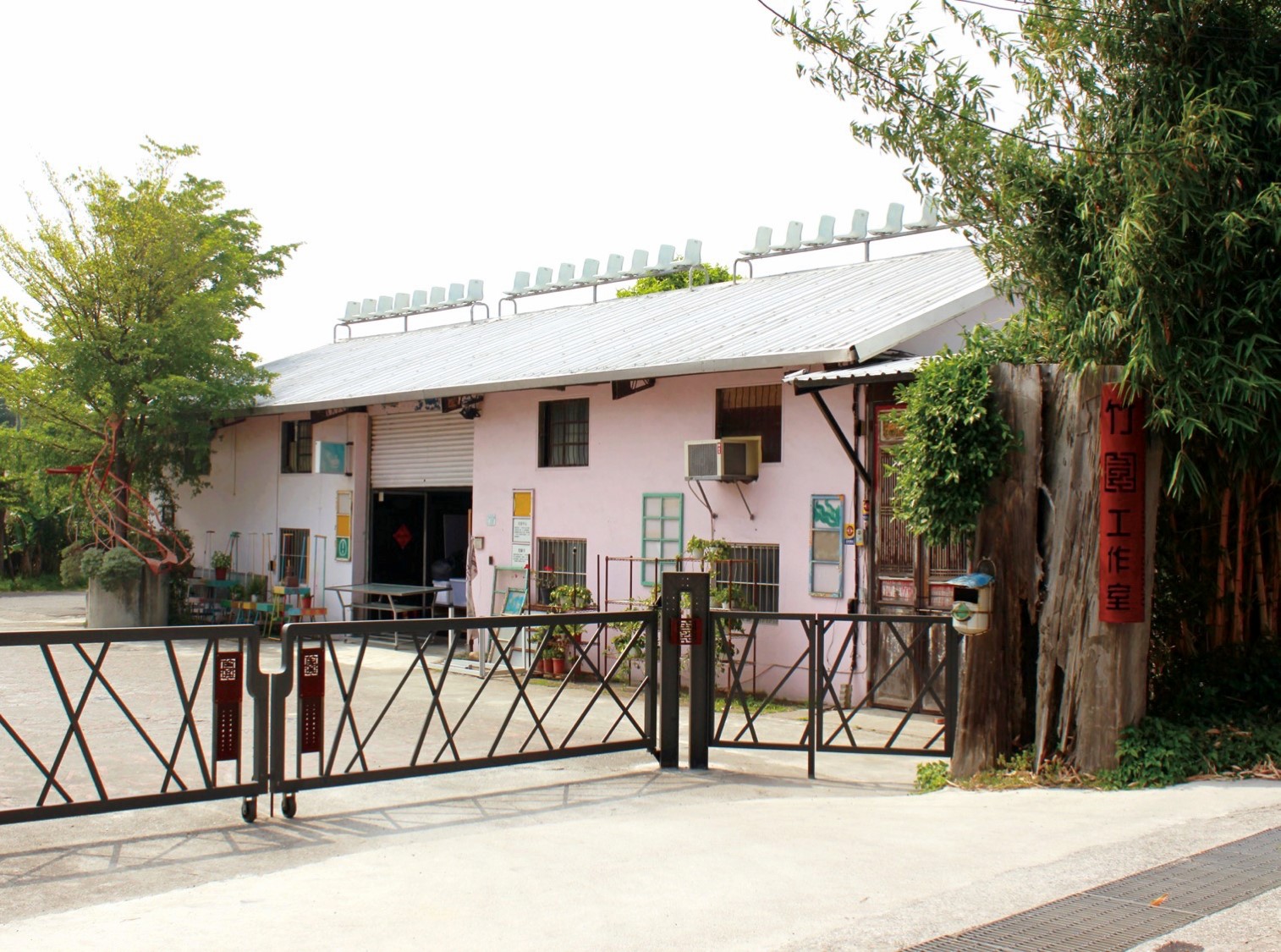
Bamboo Curtain Studio (BCS) is an NPO established by the artist, Margaret Shiu in 1995. Once a chicken farm, the 26,000 square meter grounds became an ideal site for artists from different media and backgrounds to experiment with new projects and to think outside the box. A shift in direction took place in 2006: after years of supporting many now prominent contemporary artists through offering alternative workspaces as well as co-curating debut exhibitions, BCS launched the artist-in-residence program. The program was conceived to promote cross-cultural exchange, and now acts as an open incubator for national and international creative to conduct specific projects. Till now, it has been more than 400 artists in and out through our door.
Art as Environment -- A Cultural Action at Plum Tree Creek (2010-2011)
In 2010, senior curator Mali Wu invited BCS to initiate the project, “Art as Environment – A Cultural Action at the Plum Tree Creek”, to examine social issues via artistic practices. Notions such as urban sustainability, environmental preservation, and community engagement were addressed.
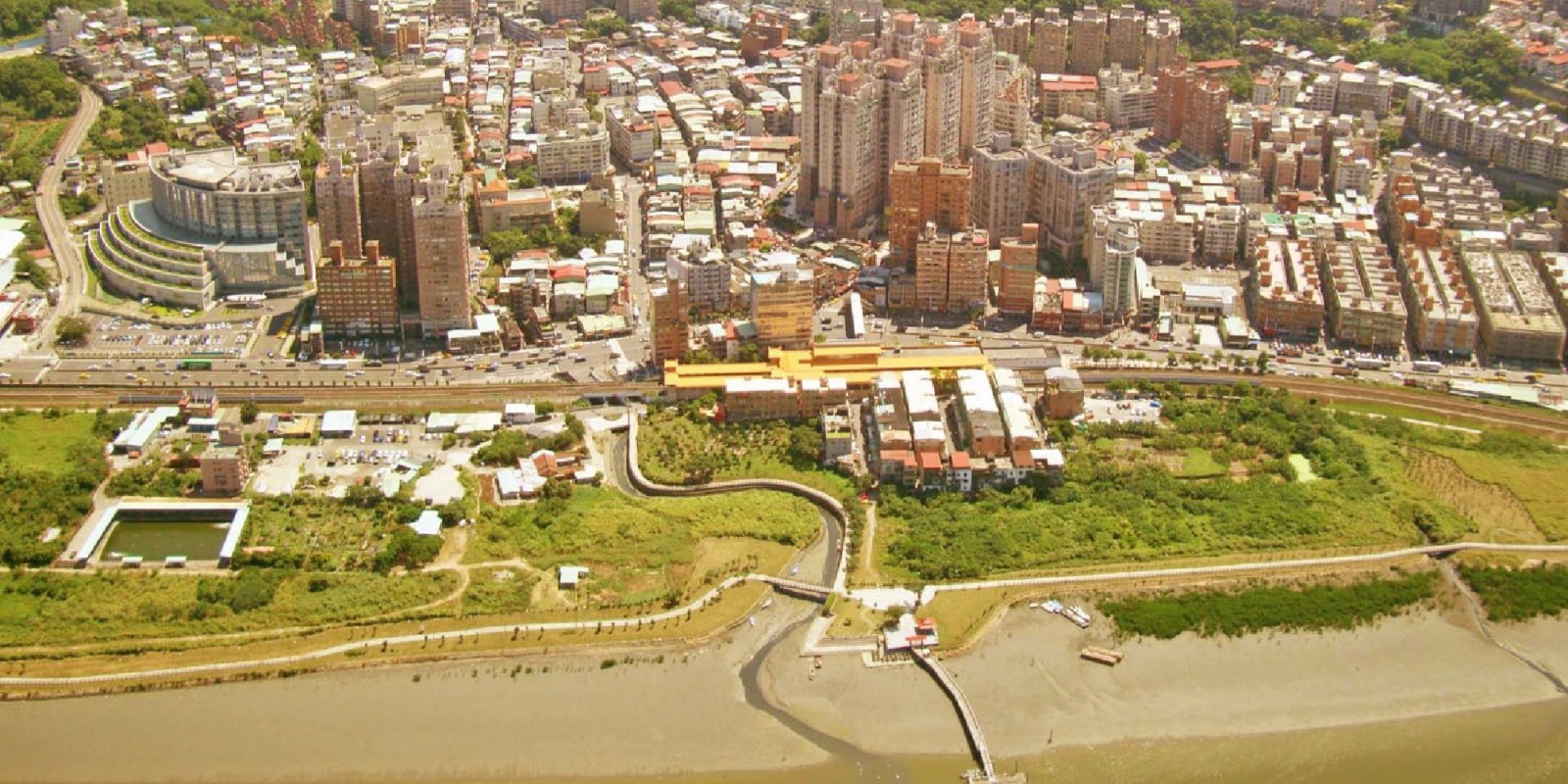
BCS is located in nearby mangroves area of the Tamsui River, and situated at the edge of the Taipei City. We are facing a massive Zhuiwei metro commuter community. It is recognized as an urbanized bedroom community. After several transformations of the Plum Tree Creek water works improvements, roadway is laid over the creek. Now that the original function of the creek no longer existed, the distance between human and the land will only get worse Plum Tree Creek is approximately 12 kilometers long. Various tributaries pass through the downtown area of Zhuwei Bridge before flowing into Tamsui River. The landscape of this creek shows its diverse condition at each section. Elderly residents still has fond memories of the creek where they used to as sources of fresh water to water their farms, and to play around and catch fishes. In the contrast, current residents treat it as a smelly ditch with cemented sides without caring about it anymore.

The “Art as Environment – A Cultural Action at the Plum Tree Creek” sought to suggest the collaborative potential between the community members, the public sectors, and the professionals. Old and new residents were all invited to join the conversation and get reacquainted with the soil and discussing the issue of the creek together. Through programed activities such as community breakfast meetings, trekking tours along the local creek, school and community theaters, environmental workshops and more. This project attempted to bring back lost memories of the community and raise awareness about the local river ecosystem. We hope to establish the surrounding area of Plum Tree Creek into a micro-prototype of a livable city that integrates ecology and creativity.
“Art as Environment – A Cultural Action at the Plum Tree Creek” was recognized by Taiwan art scene, and in 2013 won the first prize of TaiShin Award in visual arts as the best art practice of the time. This project was also invited to exhibit in Centre for Chinese Contemporary Art in Manchester, Jakarta Biennale and Gwangji Biennale. Later on, following the same objective, we also got support from Doen Foundation to have Green initiative projects and invite south east Asian artists to be part of the program.
BCS takes “participating process” as the core of its project, and aims to get more people involved through artistic action, focusing on the “ process” rather than the “result”. Thus, all these efforts of BCS”s art projects and actions enhance the connection between its participants and the environment.
After Initiating Plum Tree Creek project

During that one and half year executing the project, we have successfully created new possibilities for public’s imagination toward arts with cultural actions and new types of public art. But we still query the role of art. Does art need a physical representation? Can art become a medium to inform the public? What is the aesthetics of environmental art? What are the disparities in environmental art and environmental education? What is the role of community engagement in environmental art production? Through interdisciplinary dialogues, we keep debating amongst ourselves and try to be cautious in each action. Most importantly, do we really live in a happy way after the project has ended?
Of course it is not that simple, and the story is not over yet. As an art collective who encourages the public’s participation, BCS keep playing the role of “information portal” for people who wish to know more about the local issues.
Role of Artist-in-Residence Program
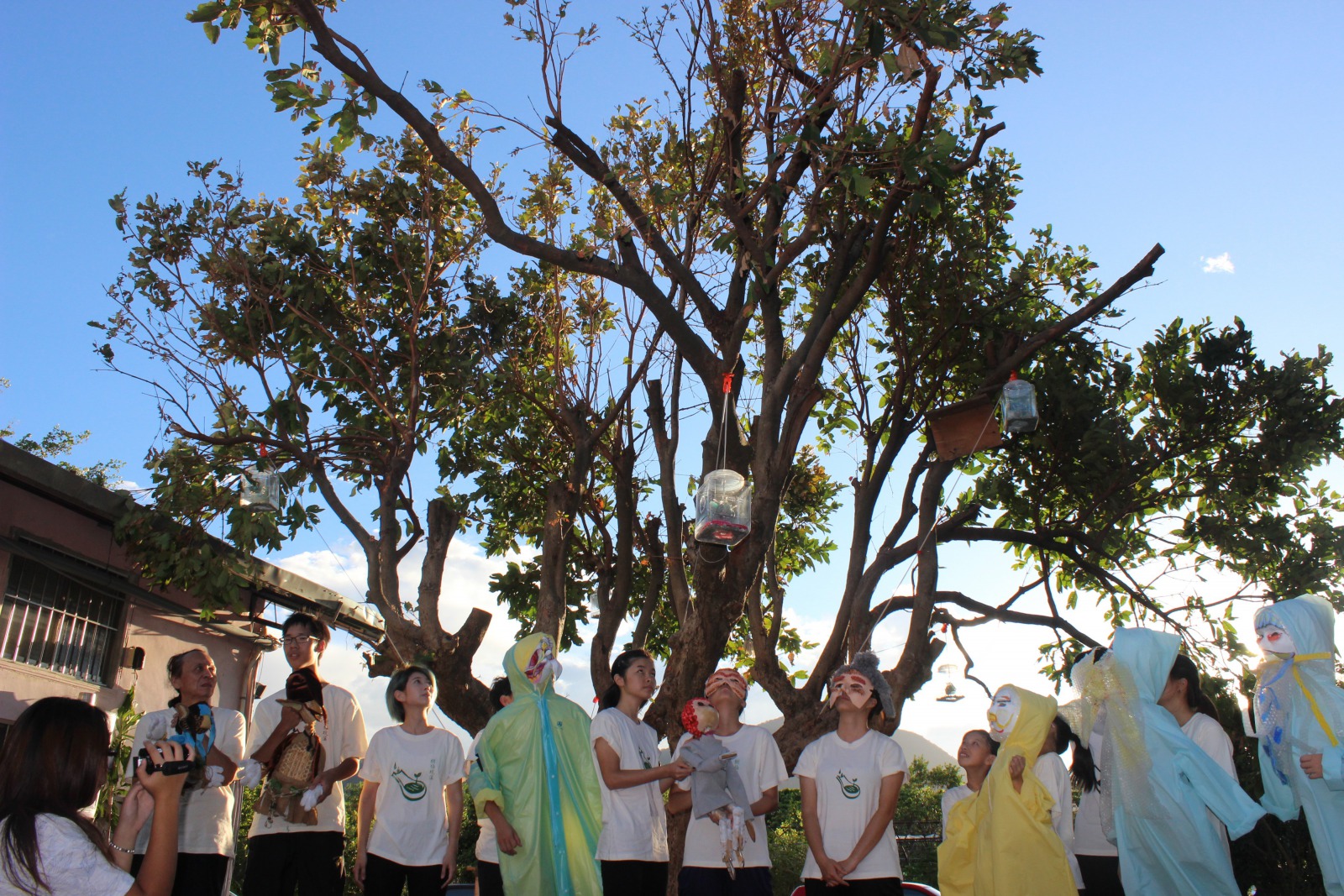
With the support of the International Artist-in-Residence Program, BCS has the privilege to host many excellent artists and culture workers and to learn the various practices happening in different regions. Each of them has unique way to respond to their problems and issues, like Dancecology (Taiwan), The Finger Players (Singapore), Ellie Irons (USA), Vanqi Fong (Hong Kong), Chen-Wei Lin (Taiwan), Timbil Budiarto (Indonesia), Yen-Ju Lin (Taiwan) and Fara Manuel (The Philippines) and so on. They all develop stories in different dimensions. They respond to our site with their own creations. We have also recorded their unique perspectives from history to culture, from plants to animal, and from organic to inorganic substance. Through projects such as the community newspaper, “Rolling Shutter Story-teller,” “It's Your Turn: Change the Way of Using Public Space,” we try to make an inventory of local resources and to find out the community's public awareness, attempting to come up with any possible solution together with the public.

Now, we actually do not geographically limit ourselves in one area. We start to have conversation with other people who are also facing the same issues in their area. The question is not only limited to water issue but more about bigger environmental issues with its own social context. Step by step, we are aware that more and more people like artists, curators, and researchers realize new practice. Since then, we also have opportunities to engage with international partners who also involve in environmental art movement to share the situation that different regions are facing at this moment, including the issue related to climate change, environmental pollution and so on.

In 2014, the project of “Green Art Lab Alliance (GALA)” inspired us. This was a 3 year European project, which gather 25 art organizations and art practitioners together with regular meeting and workshops to exchange their art and ecology engagement projects. Through the power of networking, they start to pass on the influence to wider audience. Their member organized ARTCOP21, which gather more than 100 art practitioners together in a 3 days conference in Paris in 2015. After being invited to participate in this event, BCS became more confident to say that the arts play a vital role in pushing the agenda for change. Later on, we initiate Green Art Lab Alliance Asia, and truly share our trials and practices. We hope to co-create this agenda continuously so as to scale up our impact for change. Artist has a Role In Society and we believe pushing for change via contemporary expression is the easier way.
Future Plan
This fall, we will take “Plum Tree Creek School: Report to Tu Di Gong (The God of the Land)” as the basic concept and continue the movement with members of Plum Tree Creek Guard Alliance. From late September to end October 2018, there is going to be a series of talks and workshops with an exhibition, to invite more people to take part in our effort.
We truly believe Art serves as an important medium. The influences of artist-in-residence on artists, on art community and on local society, it could transform art into various platforms to accommodate diverse conversations. There are both reconciliation and conflicts; however, what’s more important is, being open and respect toward each participant, converging everything together, under the principle of sharing, collegiality, and co-ownership.
BCS like to challenge space as issues, its comprehensiveness and groundbreaking ability to broaden the public’s view and imagination. We can only find out the answers through communication, and we wish to refine the spirit of collaboration here.
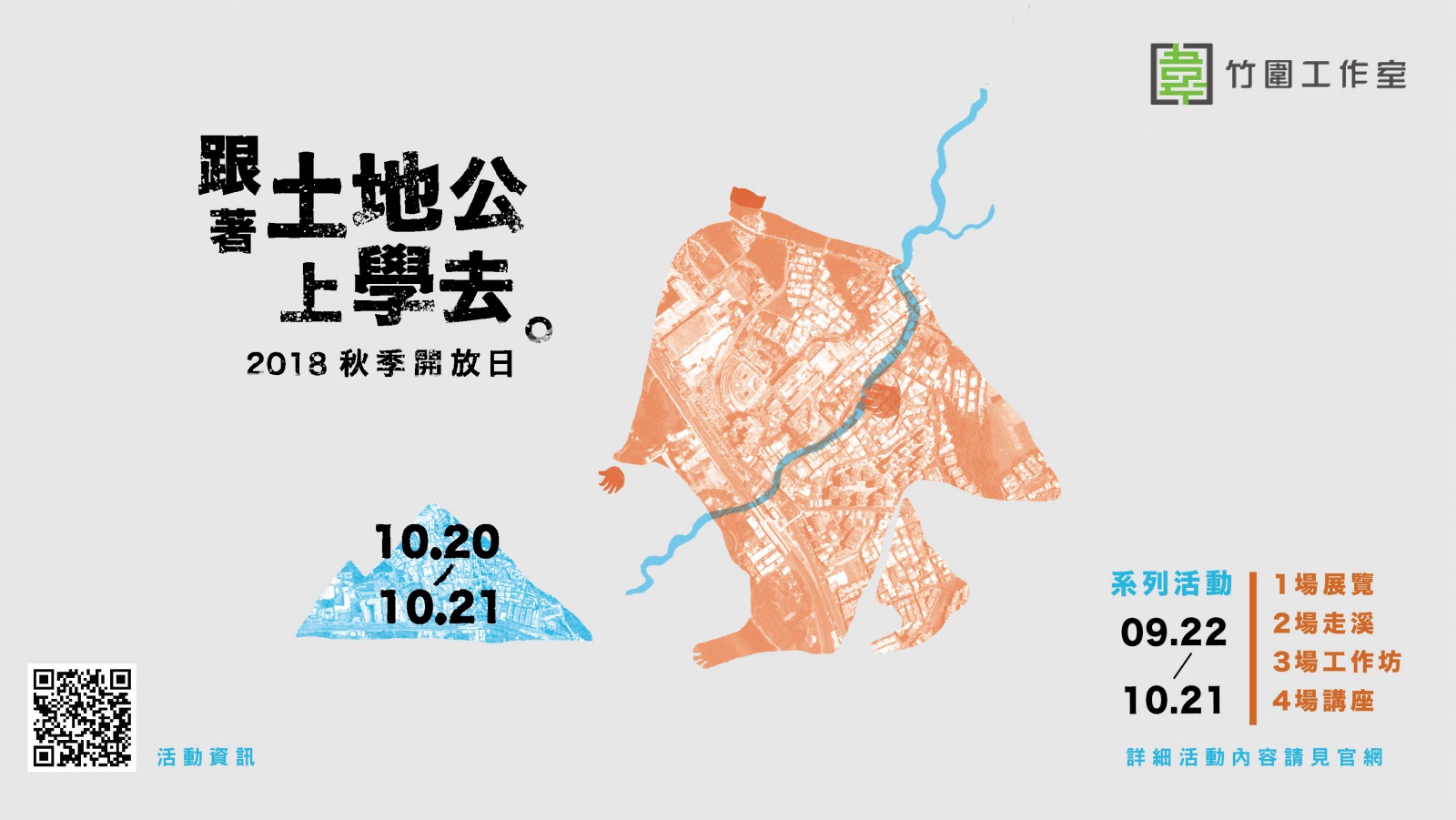
From "2018 ART SPACE NETWORK International Forum: Re-setting Asian Cities, Artistic activities in urban communities" host by Asia Art Center

